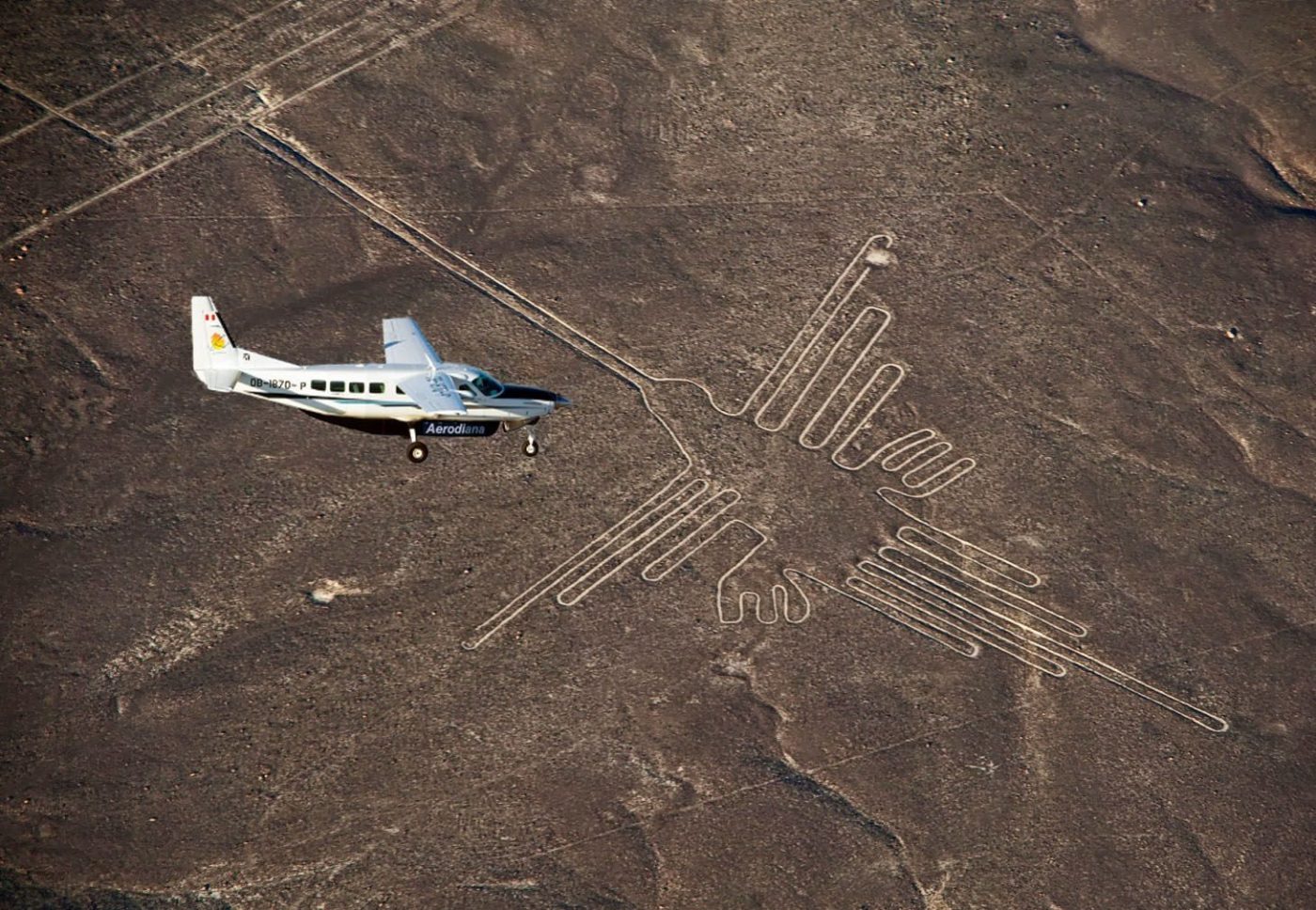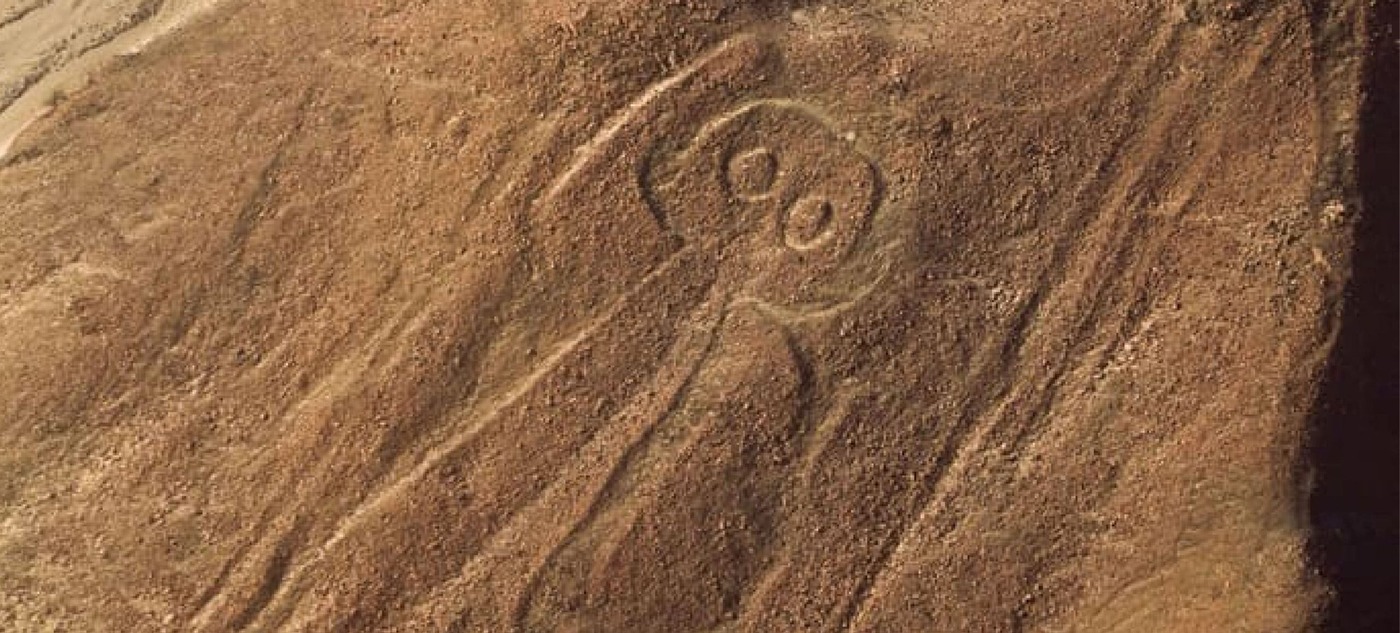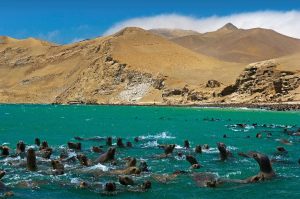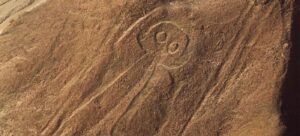Whilst the Inca remain one of the most well-known and formidable ancient cultures to have ever existed in Peru, others like the Nazca culture are also very impressive too.
Rumored to have created the unfathomable giant Nazca Lines, the Nazca culture was also famous for many other reasons. This includes the distinctive pottery they developed, their textiles as well as how they managed to thrive in one of the most difficult and inhospitable regions of Peru.
In this guide guide we’ll learn who the Nazca culture were, and how they came to be one of the strongest civilisations along Peru’s southern coasts. This also includes 5 interesting facts about them which you should know before visiting Peru.
Table of Contents
5 Interesting Facts About The Nazca Culture Peru
Below we’ll now explore some of the most interesting facts about the Nazca Culture in Peru, including who they were, how they thrived and their most important advancements.
An Ancient Culture That Predated The Inca Civilisation
Many people are surprised to learn just how recent the Inca were, having existed up until 600 years ago. The Nazca Culture pre-dated them by almost 1000 years, who flourished within this desert region between 100 B.C up until 800 A.D (yet still had many unique architectural designs which we’ll look at later in this guide).
What’s most impressive about this earlier civilisation is how they also thrived in harsher conditions compared with the Inca – that is until their eventual downfall to the Wari Culture.
Creators Of The Nazca Lines
By far the most impressive spectacle created by the Nazca Culture, these lines are one of the most popular tourist sights in all of Peru. Consisting of as many as 300 different designs, here we can spot geoglyphs such as the Condor, Hummingbird and the Astronaut.
Whilst today we can head on an overflight to witness the mesmerizing designs, it is quite incredible to ponder how they made the Nazca Lines in the first place with no aerial vantage points available (especially as some measure as large as 1200m in length). During the flight we can also learn many other incredible Nazca Lines facts from our expert tour guide.

Impressive Pottery Designs
Pottery has been an important feature of pretty much all ancient Peruvian civilisations, and certainly predates the Nazca Culture back to those of the Paracas and further.
However the Nazca Culture provided their own advancements to this historic art, including how they developed their own shamanic and ornamented designs. They also created other useful containers such as beakers, bowls and effigy drums, and used a large range of colors to develop many unusual designs which still remain popular to this day.
How They Survived In Harsh Desert Conditions
Whilst the most impressive feats such as the Nazca Lines are most fondly remembered (as well as their ancient practices and creations), not as much attention is given to how they survived in such an inhospitable region.
One of the driest areas in South America, the Nazca Desert receives very little rainfall annually. As a result the Nazca culture built an impressive network of aqueducts and cisterns in order to preserve water supplies. This can best be seen in the site of Ventilla, which also featured terraced housing to cope with the intense sunlight and temperatures.
Preservation Of Human Mummified Remains
During this ancient period there was a fascination with the spirit world, and what might happen after they passed. This is evident in almost all pre-Hispanic cultures, where shamanism played a big role.
The Nazca Culture was no exception, and also used to have a special burial process – so much so that these human remains are still in perfect condition over 2000 years later! This was due to several practices such as using resin and cotton which slowed decay, and also the arid dry conditions of the Nazca Desert which helped to preserve human tissue.
The Nazca Culture Peru FAQ
In this section we’ll now explore the most frequent questions we get about the Nazca culture Peru, different Nazca Lines facts as well as anything else you need to know.
What Did The Nazca Accomplish?
Aside from being thought to have created the mysterious, unsolved Nazca Lines – the Nazca Culture Peru were also responsible for other impressive feats and developments. This included the creation of puquios, which are underground aqueducts that helped to store water sources in these harsh arid desert conditions. They were also well-known for their unique style and practices of creating of pottery, which can still be found in modern-day Peru today.
What Was The Economy Of Nazca?
Given Nazca is located in a very dry and arid region of Peru, the most valuable resource was food and other agricultural products which were often traded for between the Nazca culture and other nearby civilizations. This meant that they used to trade for fish that came from the Pacific Ocean, given their own marine resources were unsustainable (given the rivers in the Nazca region would often dry up for months or even years at a time).
What Is Nazca Peru Best Known For?
Nazca as a whole is best-known for its nearby Nazca Lines, which were thought to have been created by the Nazca culture who was once thrived in these desert lands. Here we can see over 300 different kinds of geometric creations, which includes the Dog, the Whale, the Condor, the Monkey as well as the infamous Spider geoglyph. The easiest way to spot all of these mysterious images is to head on our overflight tour of the Nazca Lines, which departs from Lima.
Summary Of The Nazca Culture In Peru
And that’s all for this guide on interesting facts you should know about the Nazca Culture.
Most famous for their mesmerizing Nazca Lines which can be seen from above, the Nazca Culture were also famous for their intricate pottery designs, architectural practices as well as how they perfectly preserved mummified remains. The Nazca Culture Peru were also very unique in how they developed their own creations too, meaning there are still many more hidden Nazca Lines facts and mysteries just waiting to be unsolved!
Are you thinking of seeing the legendary Nazca Lines? An overnight gives unrivaled views over these incredible creations, and on our day tour from Lima you will also see highlights such as Huacachina and the Ballestas Islands.





